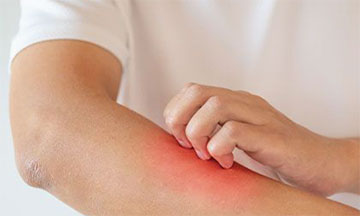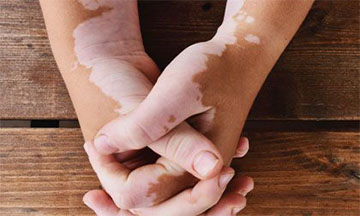BLOGS

Vitiligo or leukoderma is an autoimmune skin condition that causes the loss of melanin pigment. Although the global prevalence of vitiligo is less than 1%, in some populations; it may be as high as 3% of the population (Source: NCBI).
Vitiligo skin disease has been classified into segmental vitiligo and non-segmental vitiligo, depending on the distribution of skin depigmentation.
Signs of segmental vitiligo
- Appears on one segment of the body like the leg, face, or arm.
- About half of the people lose some hair color like on the head, eyelash, or eyebrow.
- Starts at an early age.
- Progresses for a year or so and then halts.
Signs of non-segmental vitiligo
- Appears on both sides of the body like both hands or both knees.
- Starts on the hands, fingertips, wrists, around the eyes or mouth, or on the feet.
- Starts with rapid loss of skin color, which then stops for a while. Color loss starts up again later. This cycle continues throughout a person's lifetime.
- Color loss expands, growing more noticeable and covering a larger area.

TRENDING ARTICLES

Posted By: 5 months 2 weeks ago

Posted By: 5 months 2 weeks ago

Posted By: 5 months 2 weeks ago




